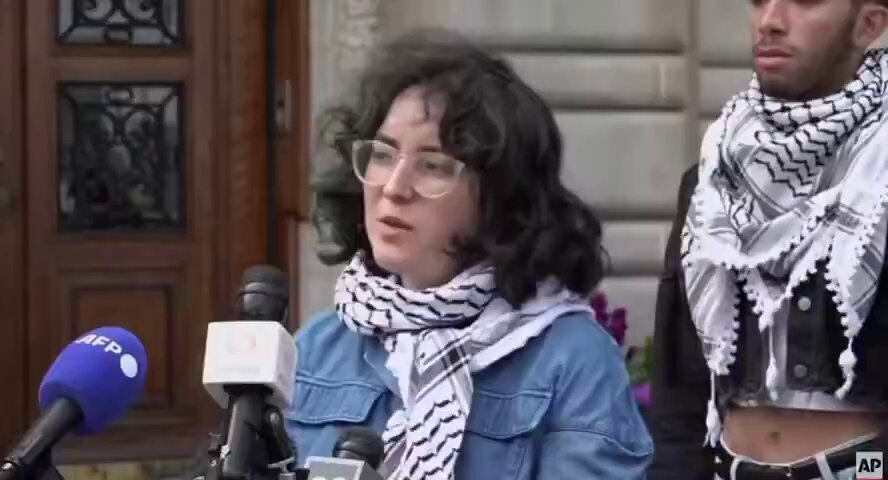The statement compares the nonviolent approach of the Civil Rights Movement to other forms of protest that involve taking over buildings and destroying property, suggesting these actions are akin to the events of January 6th. The statement appears to advocate for peaceful protest methods and criticizes more violent approaches.
- The statement promotes nonviolence and peaceful methods in protests, aligning with the principle of doing no harm. [+2]Principle 1:I will strive to do no harm with my words and actions.
- By advocating for nonviolence, the statement respects the dignity of others and discourages actions that could harm individuals or property. [+2]Principle 2:I will respect the privacy and dignity of others and will not engage in cyberbullying, harassment, or hate speech.
- The statement encourages understanding and compassion by highlighting the effectiveness of peaceful protest methods used during the Civil Rights Movement. [+2]Principle 3:I will use my words and actions to promote understanding, empathy, and compassion.
- It engages in constructive criticism of violent protest methods, promoting dialogue about the effectiveness and morality of different protest strategies. [+2]Principle 4:I will engage in constructive criticism and dialogue with those in disagreement and will not engage in personal attacks or ad hominem arguments.
- The statement acknowledges the historical context of peaceful protests and their impact, correcting any misconceptions about the necessity of violence in effective protest. [+2]Principle 5:I will acknowledge and correct my mistakes.
- By advocating for peaceful methods, the statement uses its influence to promote safer and more respectful ways of expressing dissent. [+2]Principle 6:I will use my influence for the betterment of society.
- The statement upholds the principles of free speech by expressing opinions on public protest methods responsibly and with integrity. [+2]Principle 7:I will uphold the principles of free speech and use my platform responsibly and with integrity.
